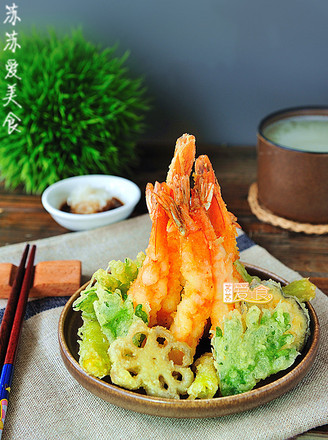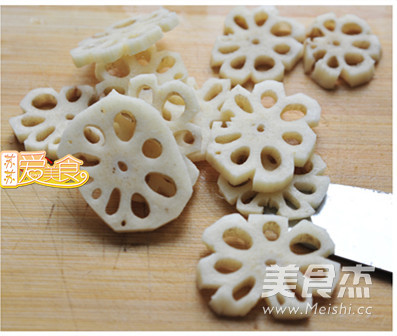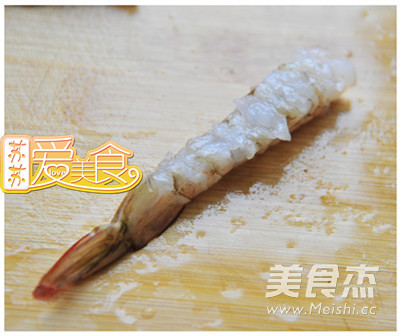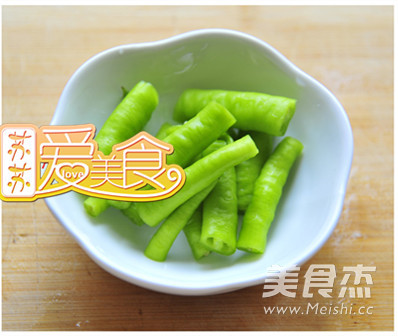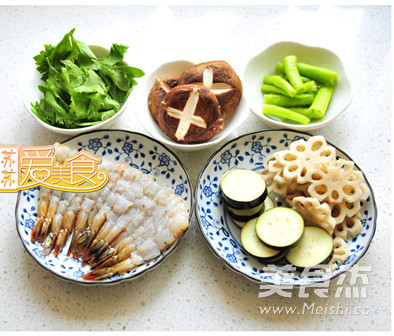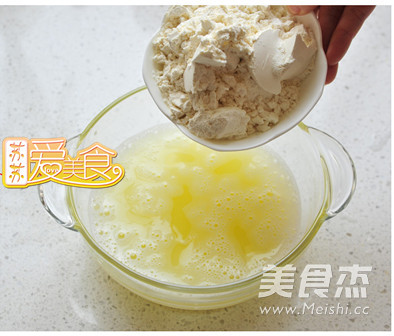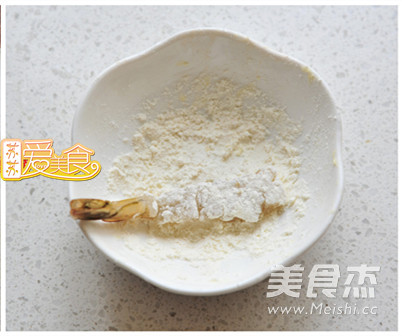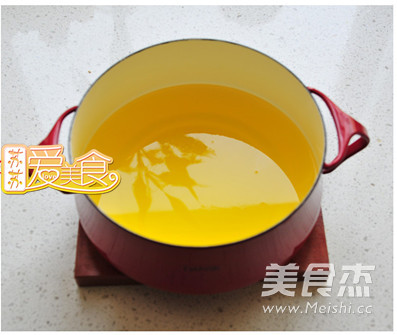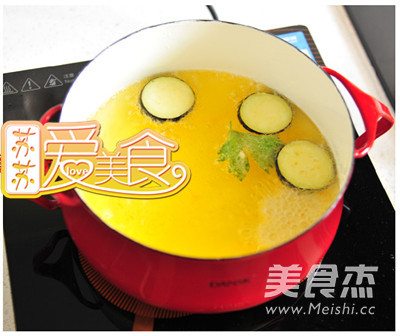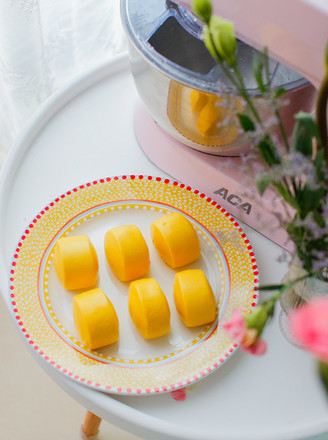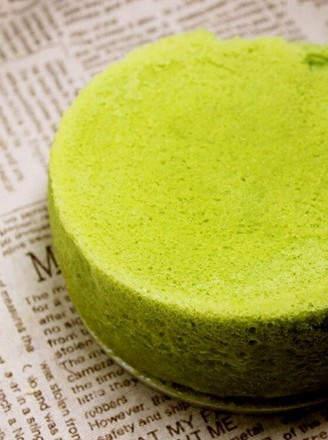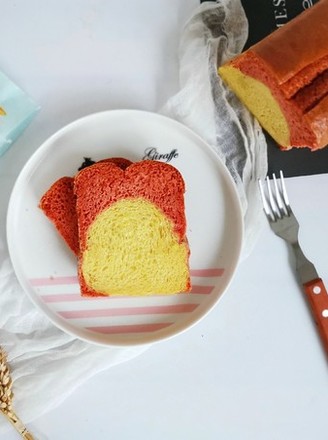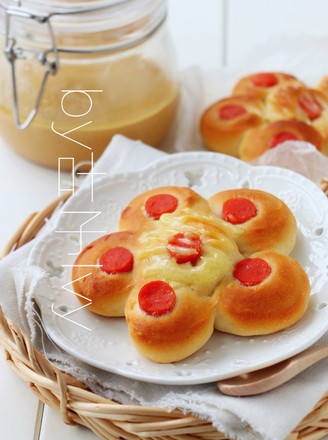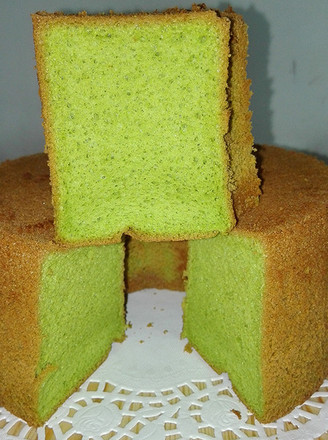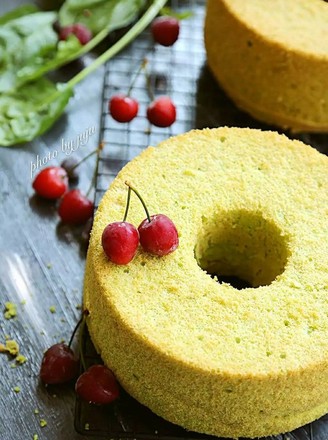Tempura
by Susuai Food
Favorite
Difficulty
Hard
Time
30m
Serving
3
Every time we go to a Japanese restaurant, our family loves that tempura very much. The princess likes shrimp tempura, my husband likes squid tempura, and I like vegetable tempura. However, the exquisite small plate of Japanese ingredients has a crispy and tender taste and the fragrance of soy sauce grated radish. It is often eaten on a CD in two clicks. It is really not very enjoyable after eating. Always thinking about making it at home, I checked out a bunch of tempura recipes. There are so many different kinds of tempura. The specific types include vegetable tempura, seafood tempura, and assorted tempura.
The key point is that tempura is not a simple deep-fried ingredient. Tempura is the most technical in Japanese ingredients. A good tempura is definitely not just deep-fried. The fried tempura should never feel greasy, but it should feel light and not high in calories.
In order to highlight the original flavor of the ingredients, tempura is usually made into a thin paste when it is battered, especially the tempura made with chlorophyll vegetables. The wrapped ingredients can still be seen. Sometimes there is a paste on one side of the leaf, but there is almost no paste on the other side. For tempura made with fish or prawns, although the ingredients are covered with paste, it is only a thin layer.
This thin layer of face coat is quickly formed in hot oil, wrapping the ingredients in the face coat, the moisture in the ingredients evaporates and being wrapped in the face coat, and the food is steamed in the face coat. Therefore, tempura uses the principle of insoluble in water and oil to dehydrate the food to remove excess water from the ingredients, making the ingredients more flavorful, and the taste is crispy on the outside and tender on the inside. This is also a major feature of tempura.
However, how can we make top-quality [tempura] with a crisp, light and feathery texture like high-end Japanese ingredients at home?
First, whether vegetables or seafood, the selection of materials must be fresh.
Second, the batter must be prepared only after all the vegetables have been prepared, and the batter must be freshly prepared.
Third, when making the batter, adding soda, shochu, and ice cubes can improve the crispness of the dough. If you don't like adding ice cubes, you can put a basin of ice water under the container of the dough.
Fourth, it is best to buy top-quality Japanese tempura noodles. If you don't have it, you must use low noodles, so that the noodles are thin and crisp.
Fifth, the authentic high-end tempura restaurant uses sesame oil to fry tempura, or sesame oil mixed with other oils to fry. It turns out that one factor in using sesame oil is that sesame oil has a low boiling point, and the best temperature for tempura is 180 degrees, so sesame oil is better to control the temperature of the oil. This can be adjusted according to your own situation.
Sixth, be sure to use a deep pot, a deep pot that can withstand hot oil above 160 degrees, and it won’t splash oil during frying.
The key point is that tempura is not a simple deep-fried ingredient. Tempura is the most technical in Japanese ingredients. A good tempura is definitely not just deep-fried. The fried tempura should never feel greasy, but it should feel light and not high in calories.
In order to highlight the original flavor of the ingredients, tempura is usually made into a thin paste when it is battered, especially the tempura made with chlorophyll vegetables. The wrapped ingredients can still be seen. Sometimes there is a paste on one side of the leaf, but there is almost no paste on the other side. For tempura made with fish or prawns, although the ingredients are covered with paste, it is only a thin layer.
This thin layer of face coat is quickly formed in hot oil, wrapping the ingredients in the face coat, the moisture in the ingredients evaporates and being wrapped in the face coat, and the food is steamed in the face coat. Therefore, tempura uses the principle of insoluble in water and oil to dehydrate the food to remove excess water from the ingredients, making the ingredients more flavorful, and the taste is crispy on the outside and tender on the inside. This is also a major feature of tempura.
However, how can we make top-quality [tempura] with a crisp, light and feathery texture like high-end Japanese ingredients at home?
First, whether vegetables or seafood, the selection of materials must be fresh.
Second, the batter must be prepared only after all the vegetables have been prepared, and the batter must be freshly prepared.
Third, when making the batter, adding soda, shochu, and ice cubes can improve the crispness of the dough. If you don't like adding ice cubes, you can put a basin of ice water under the container of the dough.
Fourth, it is best to buy top-quality Japanese tempura noodles. If you don't have it, you must use low noodles, so that the noodles are thin and crisp.
Fifth, the authentic high-end tempura restaurant uses sesame oil to fry tempura, or sesame oil mixed with other oils to fry. It turns out that one factor in using sesame oil is that sesame oil has a low boiling point, and the best temperature for tempura is 180 degrees, so sesame oil is better to control the temperature of the oil. This can be adjusted according to your own situation.
Sixth, be sure to use a deep pot, a deep pot that can withstand hot oil above 160 degrees, and it won’t splash oil during frying.

